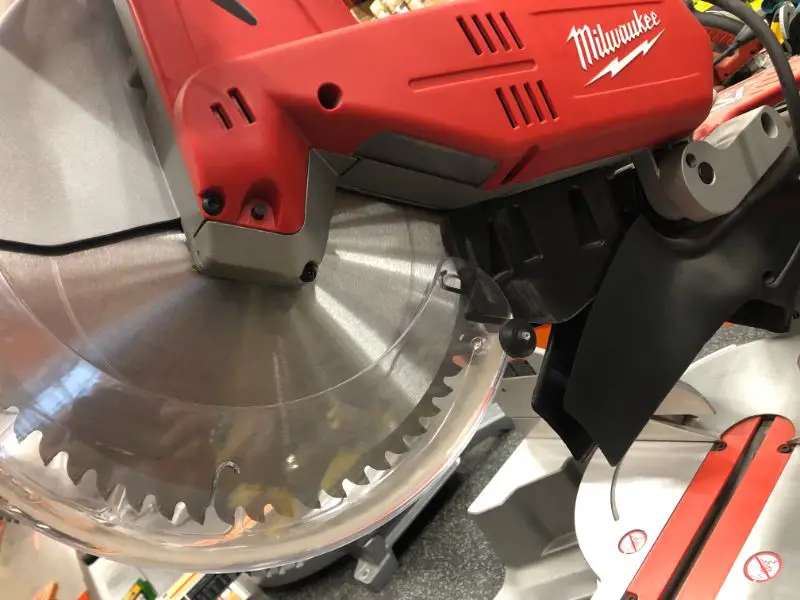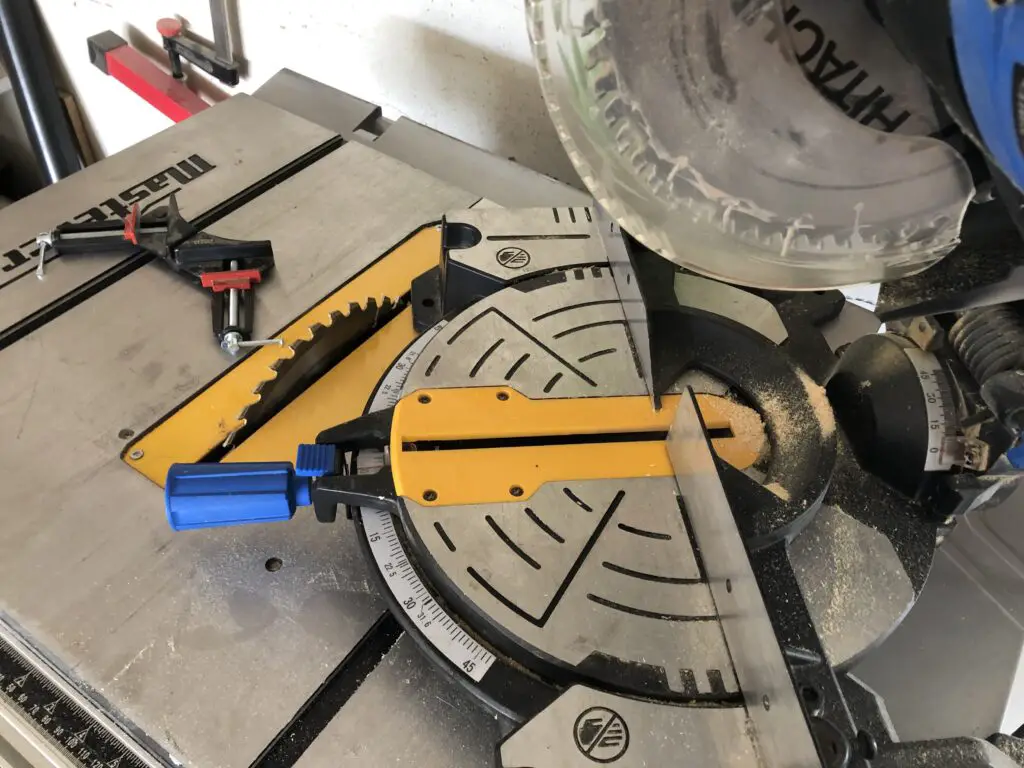Bandsaw blade twisting? While it’s not a fun problem to have, it isn’t a difficult one to fix. A problem woodworkers may run into when using a bandsaw is when the blade twists as a result of cutting curves or corners into materials. We’ll be discussing the various ways to deal with this problem, what causes it, and how to lower the chances of it occurring in your bandsaw.
While the situation and circumstances will undoubtedly vary depending on the bandsaw, blade, and material being cut, we can guarantee that you will find the answer you need here.
For those who would like to get right to the meat of these problems, we have the quick answer right here for you! Bandsaw twisting is almost certainly a case of the blade lacking enough tension. Usually, operators will see this issue after changing blades. Bandsaw blades require quite a lot of tension to perform optimally. An inexperienced user might not realize they’ve under-tightened the new blade they’ve installed.
It is important to note that some might mistakenly refer to this as “bandsaw drift.” Bandsaw drift is another problem caused by the blade being out of alignment on the wheel. Someone may be experiencing both twisting and drift simultaneously, and ensuring that the blade is aligned with the wheel and proper tension will fix both issues.
Why is My Bandsaw Blade Twisting?
There are several reasons why a bandsaw blade can twist. These include but aren’t limited to:
- A dull blade: While a sharp blade requires less force to operate, the force needed increases as the blade loses its sharpness. If excess pressure is used on the bandsaw to make cuts, it can cause the blade to twist left or right. This issue is mainly due to the thinness of the bandsaw blade, giving it the flexibility to move in those directions.
- Improper installation or operation: Having the blade installed or misused can not only cause it to twist but possibly bring many other dangers and problems. The easiest way to ensure that the blade is installed correctly is to check that the teeth face in the correct direction. If they aren’t, the bandsaw blade can be flipped around so that the teeth can face the right way. It is also important to keep the blade properly aligned and moving in the right direction during operation.
- Incorrect blade tension: Depending on the bandsaw’s blade tension mechanism, there may be different gauges used to determine the blade’s tension. Regardless, you must ensure that the blade maintains proper tension, which can quickly be resolved with tension charts provided by either the manufacturer or the internet.
How to Set Bandsaw Blade Tension?
Setting the correct tension is essential if you want your bandsaw blade to perform straight and consistent cuts. While a consistent level of tension is needed to perform most cuts, you will only need to increase it to much higher levels when you are cutting very rigid materials. However, adding too much tension can result in additional and unnecessary stress on the blade.
First, make sure that the saw is turned off and unplugged to set your bandsaw’s tension properly. A tension meter is an efficient way to measure the tension of your saw, though they tend to be rather expensive.
However, springing for the meter may prove to be the better choice, as tension scales on bandsaws have been found to be somewhat inaccurate. When it comes to setting the tension, you will want to tighten the blade until it shifts no more than a quarter of an inch when pressured sideways.
What Causes Bandsaw Blade Drift?

A leading cause for bandsaw blade drift is when the blade itself buckles under the material’s load. Of course, various other factors could contribute to drift, such as incorrect mounting or installation and insufficient blade tension.
While there are many ways for something to go wrong with the bandsaw blade, the problem can be avoided almost entirely as long as you set up your bandsaw carefully and maintain it adequately.
How to Keep a Bandsaw Blade from Twisting?
There are several ways to keep a bandsaw blade from twisting. By following some or all of these methods, you will lower your chances of having a blade twist and thus avoid any accidents. These include but aren’t limited to:
- Ensuring the blade is sharp
- Making sure the blade is tensioned correctly
- Keeping the bandsaw tires clean
- Having properly adjusted guides for the bandsaw blade
- Making sure the blade is appropriately mounted and spinning in the correct direction
- Work slowly and efficiently when cutting materials to ensure little room for error and drifthttps://www.ncwoodworker.net/forums/index.php?threads/bandsaw-blade-twisting.1548/

